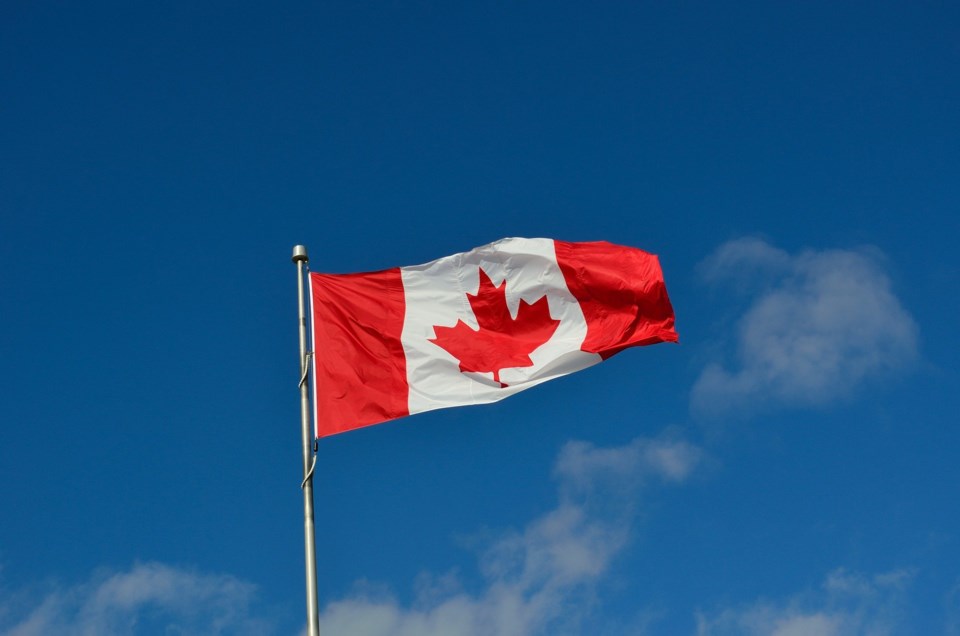Canada may break an immigration record this year that has stood since 1913.
Globe and Mail columnist John Ibbitson, who writes often about immigration issues, notes in his July 25 column that the record number of immigrants to Canada established in 1913 was 400,810 and the federal government’s target this year is 401,000. Immigration Minister Marco Mendicino says the country is on track to meet that target, despite COVID-19 travel restrictions
That’s because most of the 401,000 are already here, working. In April the federal government announced it would grant permanent residence to more than 90,000 former students working with post-graduation work permits, plus temporary foreign workers in health care and other essential occupations. COVID-19 clearly illustrated the contributions they were making to help the country get through the pandemic.
Since then offshore applicants have been admitted to Canada, starting in June, providing they were fully vaccinated or would follow quarantine restrictions.
Programs like the Rural and Northern Immigration Pilot, in which North Bay is one of 11 communities participating, have also been tapping qualified economic class applicants who are already in Canada. The city has found there are enough already here to meet its 2021 target of 150. That number does not include family members.
Thankfully, the large number of immigrants expected this year is not a political issue. All major national political parties support immigration at high levels. The People’s Party of Canada is another story, but it is a long, long way from qualifying as a major national political party—thankfully.
Yes, even Conservatives are in favour of high immigration levels. Former Prime Minister Brian Mulroney was a firm believer. In the Stephen Harper government Immigration Minister Jason Kenney, now Alberta’s Premier, was staunchly pro-immigration. He made the rounds every weekend to events and religious ceremonies held by immigrants and is largely credited for increasing the immigrant vote for the Harper government.
The reason for the large numbers this year, and for the next two years, is Canada admitted only 184,000 immigrants in 2020, well under the 341,000 target. The target for 2022 is 411,000 and for 2023 it is 421,000.
Immigration, Refugees and Citizenship Canada processed 45,100 applications for permanent residence in June, which is a one-month record.
They are not simply rubber-stamping applications. There is a thorough review for those in economic streams such as the Rural and Northern Immigration Pilot. Work histories are examined, educational achievements must be verified, birth certificates and passports prove you are who you say you are, police clearance certificates from your home country and any other country where you have lived for six months or more are checked, you provide biometrics (photo and fingerprints), you must pass a health exam, your English or French capabilities have to be tested and proven, you submit your travel history, and there is more.
After RNIP applicants go through the local process of submitting their qualifications, obtaining a full-time job offer and getting a community recommendation from the RNIP committee, the process just described can take another 12 months. It is an anxious time for applicants, as questions are raised by the application reviewers that must be answered.
North Bay is seeing the benefits of increased immigration.
The fact that international students, after graduating from Canadore College or Nipissing University, want to stay and work in our community and raise their families will help sustain our economy and diversify our population. In time, they will be volunteering with community groups and agencies.
The RNIP program is not the only one available locally, but it is the most popular. Others are seeking permanent residence through the Canadian Experience Class, or through the Family Class, by marrying a Canadian or permanent resident.
The city started to look at immigration back in 2004 when Economic Development Officer Marla Tremblay was tasked with getting something moving. I was a member of her six-person team that did a lot of work between 2004 and 2008, when we opened the North Bay & District Multicultural Centre to assist immigrants in the settlement process.
Those involved back then should be pleased with the diversity we see on the streets, in our schools and in our workplaces now. It wasn’t there in 2004.
Don Curry is a Regulated Canadian Immigration Consultant living in North Bay.



